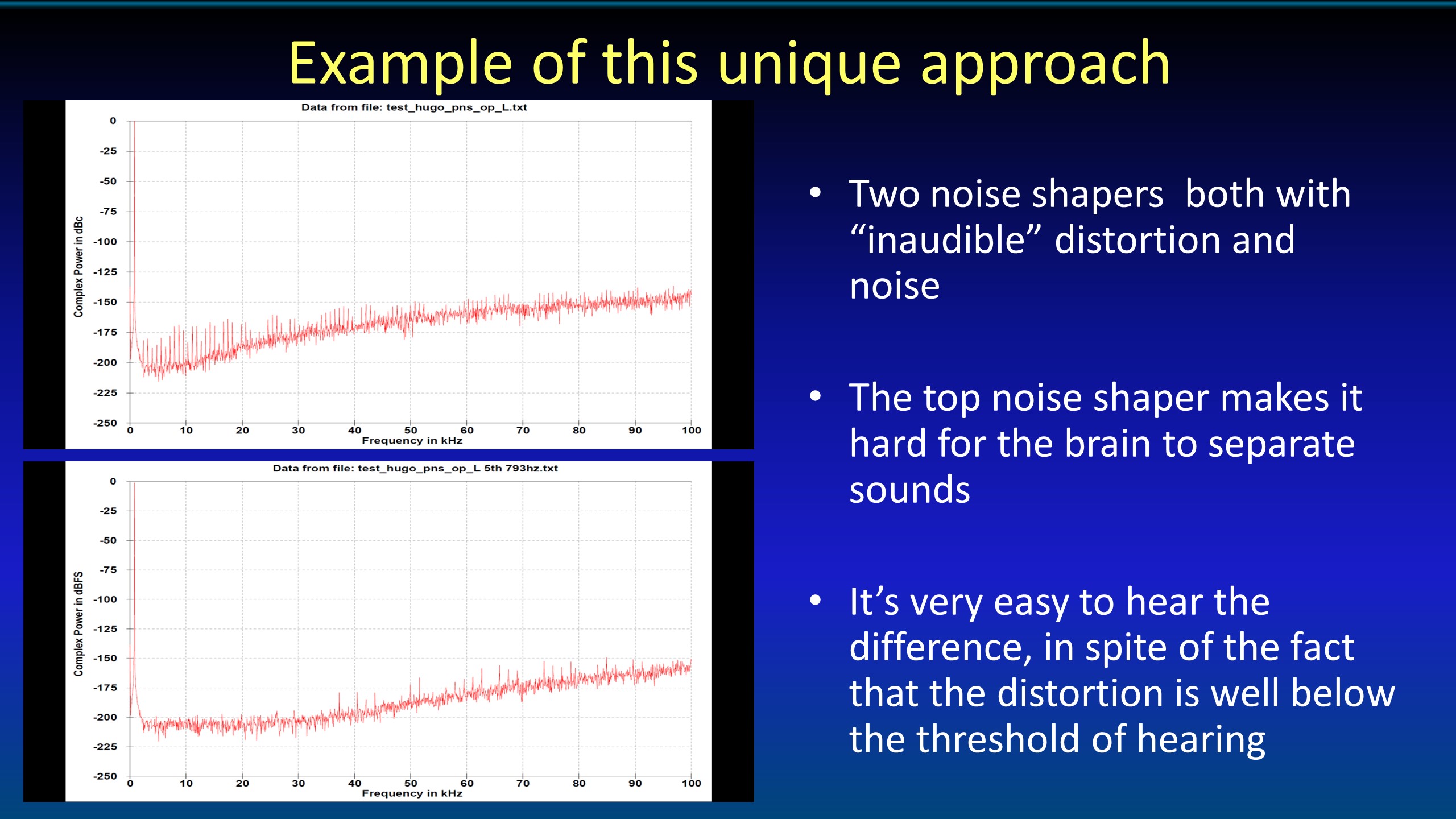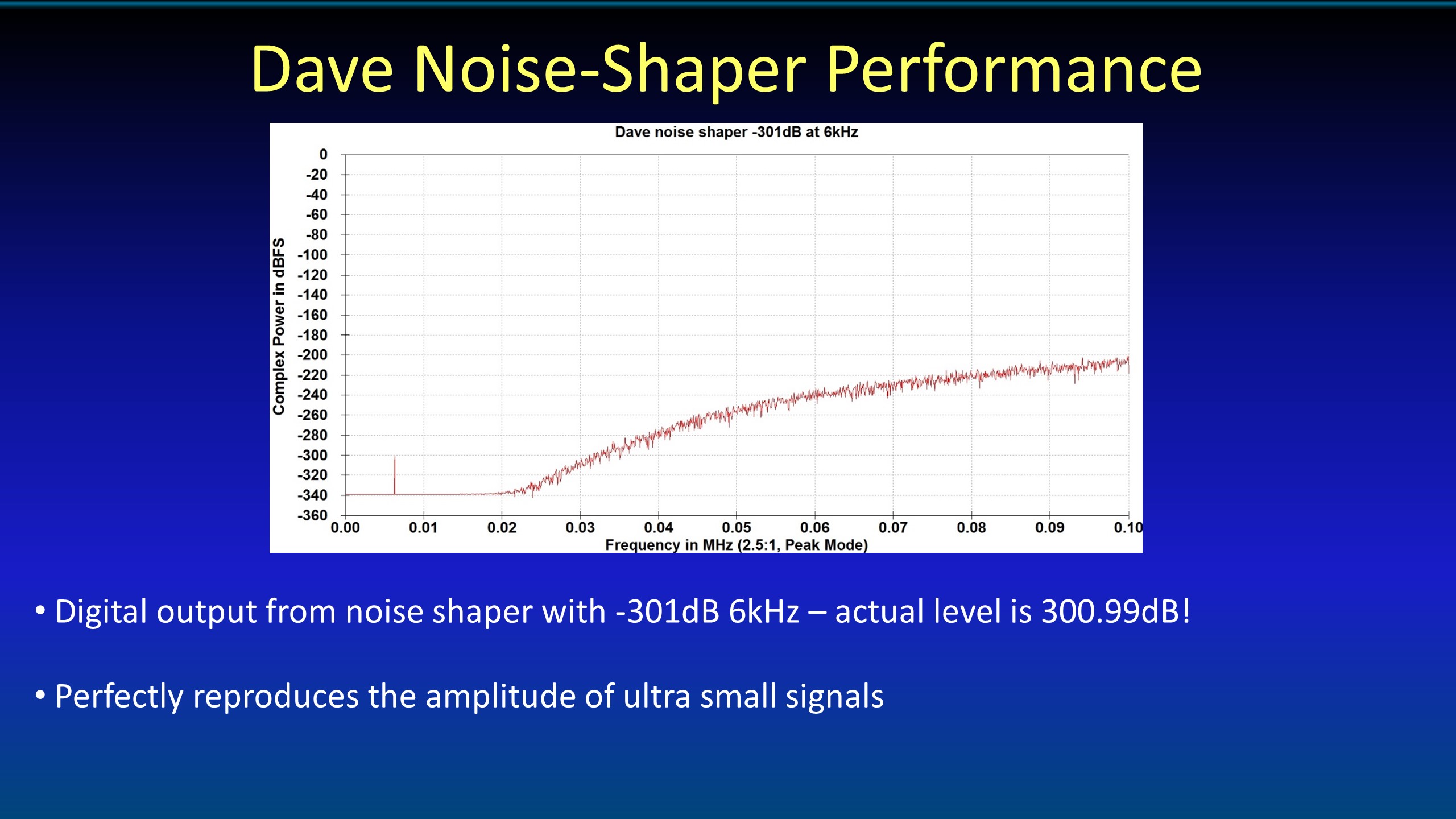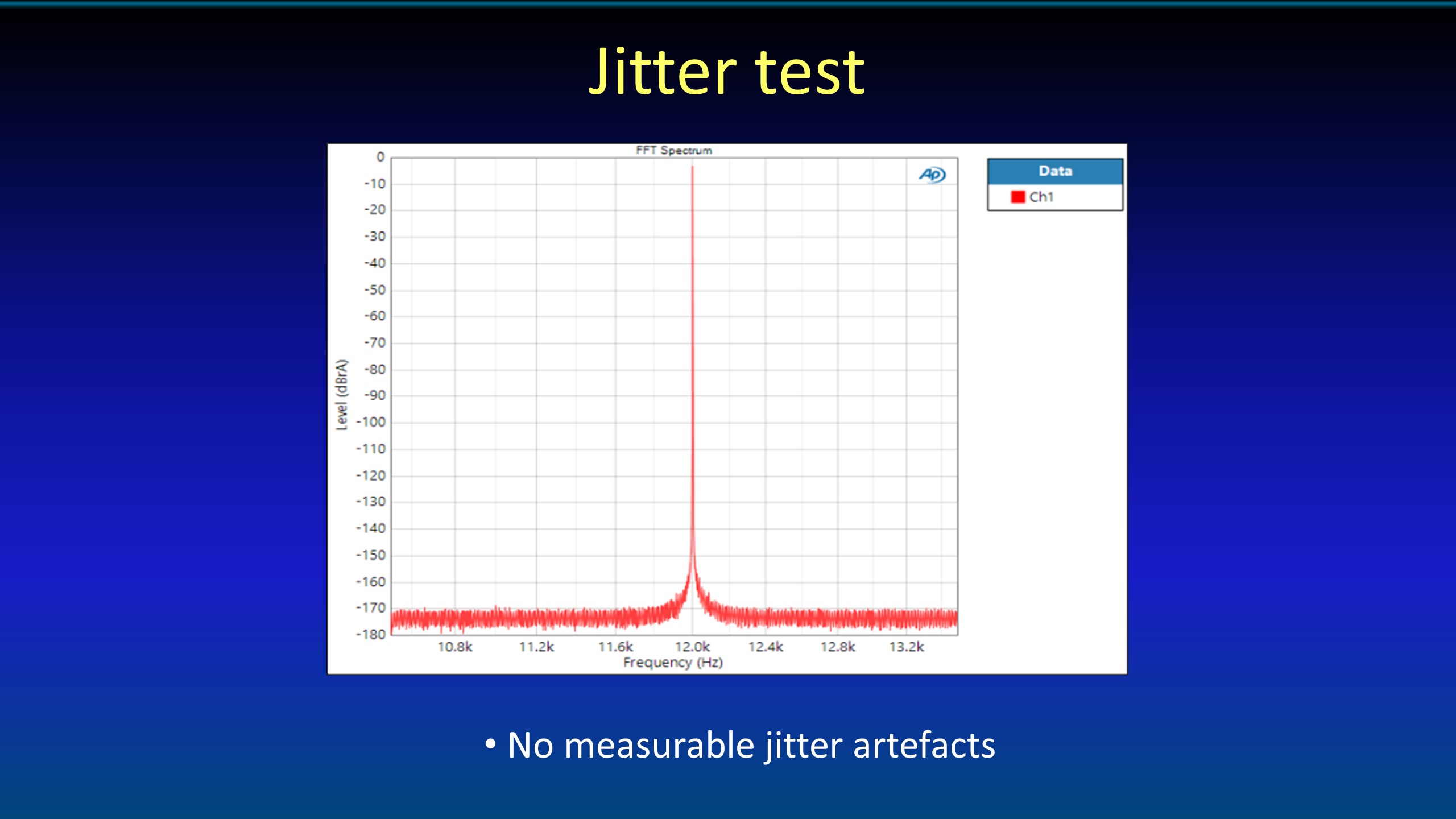analogmusic
100+ Head-Fier
- Joined
- Apr 15, 2015
- Posts
- 462
- Likes
- 207
I have exactly the same question.
We are trying to reconstruct back to the original analog signal before ADC
However what that signal contains some sampling from keyboards which has PCM. Do we still hear the original PCM effects?
What if the ADC contains the original output of say a CD player. Does M scaler then play back that signal as it was, or actually corrects for the damage done by the DAC of that CD player?
From what I can hear, I think WTA is able to correct transients for any type of signal, even if the signal at the ADC was of digital origin?
Please forgive the question, but the blu2 isn't cheap and this could help me spend the money on it
I'll probably buy it anyway regardless of the answer though.
We are trying to reconstruct back to the original analog signal before ADC
However what that signal contains some sampling from keyboards which has PCM. Do we still hear the original PCM effects?
What if the ADC contains the original output of say a CD player. Does M scaler then play back that signal as it was, or actually corrects for the damage done by the DAC of that CD player?
From what I can hear, I think WTA is able to correct transients for any type of signal, even if the signal at the ADC was of digital origin?
Please forgive the question, but the blu2 isn't cheap and this could help me spend the money on it

I'll probably buy it anyway regardless of the answer though.
Last edited:
















































